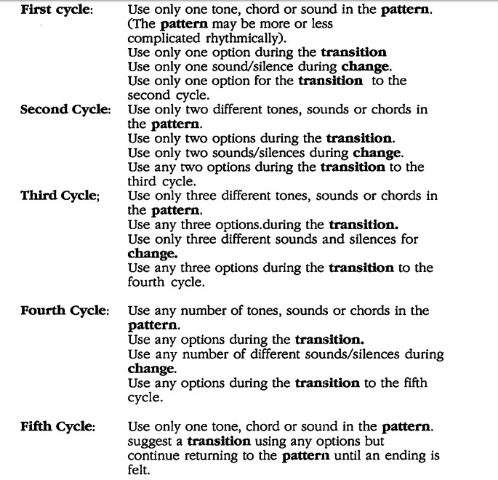International Contemporary Ensemble at Mostly Mozart
How Forests Think
By: Susan Hall - Aug 14, 2017
How Forests Think
Pauline Oliveros Earth Ears
Anna Thorvaldsdottir aequilibria
Liza Lim How Forests Think
International Contemporary Ensemble
Conducted by Baldur Brönnimann
Wu Wie, sheng
Kaufman Music Hall
Mostly Mozart
Lincoln Center
New York, New York
August 14, 2016
If Franz Schubert's Winterreise is a bleak take on the natural world and its impact on man's mood, the flip side, which was presented in a program by International Contemporary Ensemble (ICE), is a provocative and joyful one.
Three important contemporary composers are represented on the program. Pauline Oliveros, who died recently at 84, advocated listening not only to the sounds of music in concert halls, but to all the sounds that surround us. She grew up listening to piano lessons taught by her mother and grandmother and to bird calls. Her work was first brought into the mainstream by ICE.
Among the instruments gathered together for Oliveros’ Earth Ears is a bass flute, familiar to aficionados of the films scores of George Bruns for The Jungle Book and the first Pirates of the Caribbean.
Oliveros would take a screwdriver to an expensive piece of electronic equipment and see what would happen. Nothing limited her. Earth Ears gives the performers many options, inviting performer consensus. Claire Chase, founder of ICE, says that the group preferred to know what each member was going to do before they entered. Phrases are created by the artist and then repeated in five different forms.
Chase, performing on the bass flute, blew air and not notes. This was the lightest response to the composer’s well-known suggestion that we walk so silently that the bottoms of our feet become ears.
aequilibria by Anna Thorvaldsdottir recalls the landscape of the Schubert ICE has just presented. Performed with the dramatically fluttering and swooping gestures of conductor Baldur Brönnimann, the music is fresh. Brönnimann has looked at Giacometti scuIptures, whose shape starts thick with material which is then stripped away to the pure essence of form.
Steering attention away from himself, Brönnimann allows the performing musicians to shine. Thordvaldsdottir's Icelandic landscape suggests a frozen exterior with the hot springs rippling underneath. This texture is created by virtuoso performers, who combine to provide a narrative thrust.
Claire Chase flips the question posed in Winterriese about the impact of environment and also its mirror of our internal emotions, instead asking, how does the environment respond to us? Criticism that this is an anthropomorphic point of view encouraged this response: Words are problematic. Music is the answer. Winterreise rests in anxiety. Thorvaldsdottir’s work may start there, but is also bathed in an assured light.
The concluding piece is Liza' Lim's How Forests Think, the title of the concert. Inspired by a reverse perspective in anthropology, Lim gets inside the forest to produce sounds of its constituent parts emerging. Again, Brönnimann conducts. While the rhythm seemed to consist of three beats in the Thorvaldsdotitir, here there are four. The piano had been used in the first piece as a plucked instrument as well as a touched one. In the second piece, it provided a harp. Now it has disappeared. The conductor will disappear too, sitting with the performers at the end of the piece, quietly listening.
Wu Wei on the sheng in How Forests Think provided melody and accompaniment. The sheng's vertical pipes look like tall forest trees. Composer Lim notes that the tops of trees form a canopy to provide each other with space for the sun to shine through. Beneath the ground, roots are completely intertwined and interdependent. For her, the message is that we're all in this together. Music delivers this message at Mostly Mozart.






